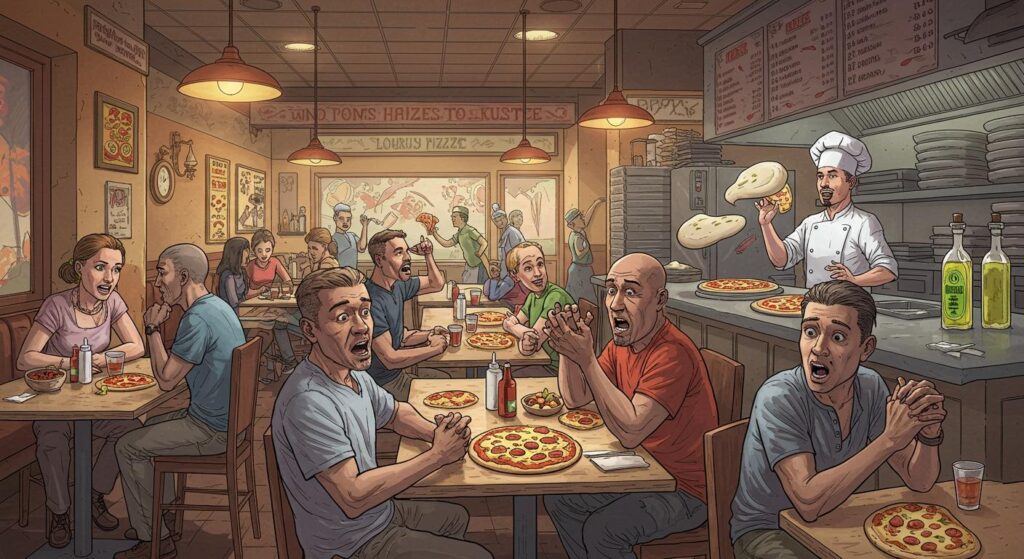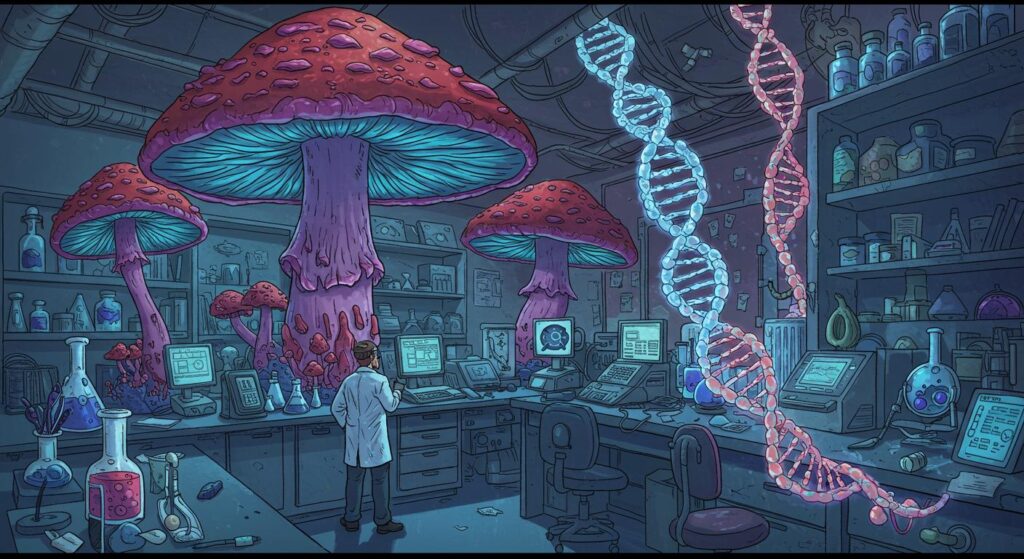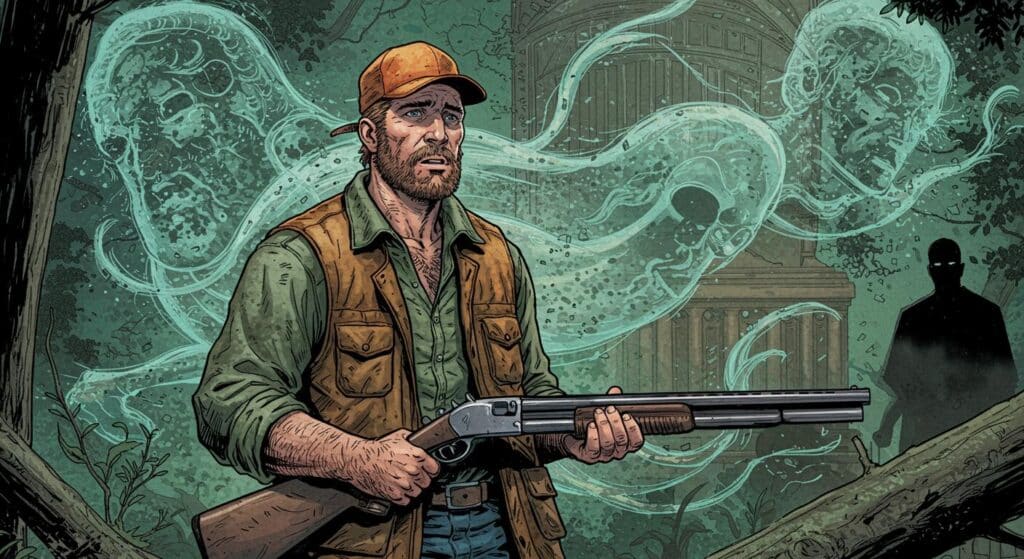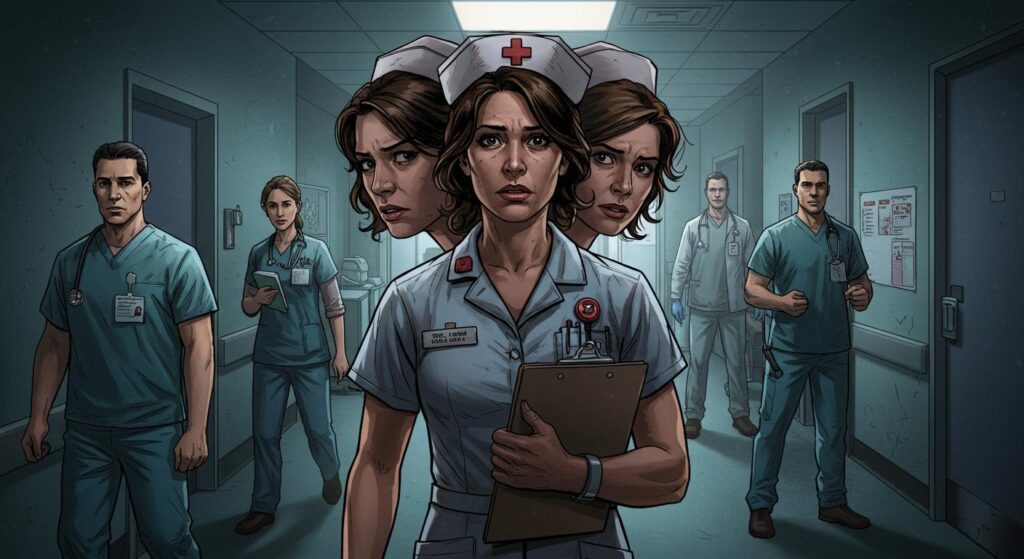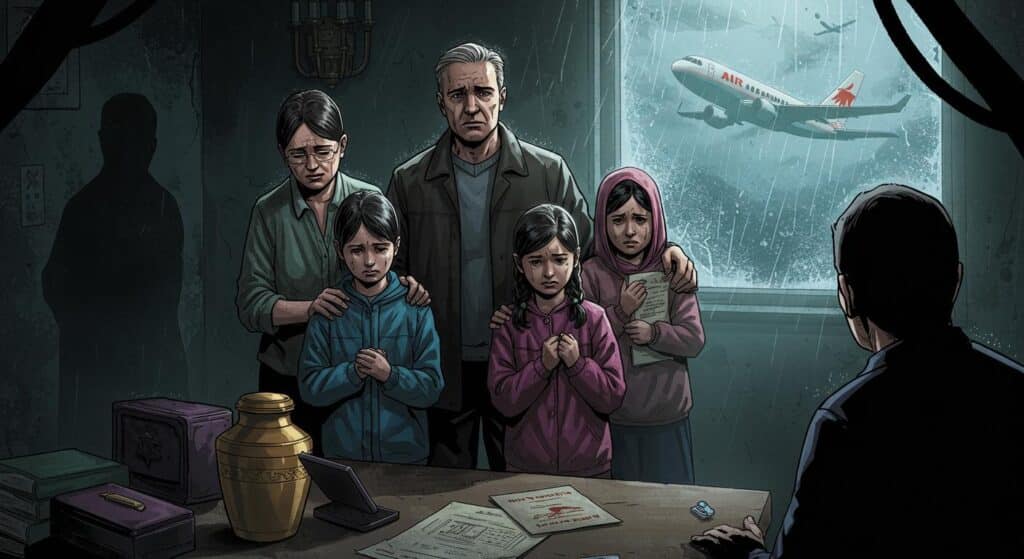Every so often, a story lands that plays out like the world’s most uncomfortable magic trick. Enter Kentucky, where bourbon and bluegrass sometimes take a back seat to medical mysteries—and where, as reported in a LEX 18 investigation, an organ harvesting procedure came to a screeching halt when the patient in question reportedly woke up mid-process. There are plot twists, and then there’s this.
When “Honoring Last Wishes” Takes an Unexpected Turn
According to details assembled by LEX 18, the case centers on TJ Hoover, who was declared brain dead at a Kentucky hospital following an overdose in October 2021. As the outlet documents, Hoover’s family prepared for his “honor walk”—the solemn corridor parade preceding organ donation—only to witness Hoover’s eyes not just open, but actively tracking relatives in the room. Donna Rhorer, Hoover’s sister, recounted that “almost immediately as soon as his honor walk started, his eyes were opened, and they were tracking, looking around at the people that were there.”
Hospital personnel apparently weren’t the only ones alarmed. LEX 18 relays that Natasha Miller, who at the time worked as a surgical preservationist for Kentucky Organ Donor Affiliates (KODA), described Hoover as “moving a lot, just thrashing, not settled.” Presumably, this is the opposite of what transplant teams expect from their donors. It was at this point, Miller said, that the physician overseeing the declaration decided Hoover was exhibiting “too many signs of life to continue with the surgery”—a statement that fits the medical understatement hall of fame.
Hoover’s family learned the procedure was being called off when, as Rhorer recalls, a doctor informed them, “I stopped it, he’s not ready, he woke up.” Just a slight deviation from the standard script, one imagines.
Federal Spotlight: Investigating the Nobody’s-Dead-Yet Club
What started as a bewildering local event quickly grew to national proportions. Citing testimony reported by LEX 18, a House subcommittee gathered this week to examine lapses in organ donation safety—a process now under the scrutiny of the Department of Health and Human Services. The investigation drills into the practices of organizations like Network for Hope, which merged with KODA, and specifically how cases like Hoover’s occurred.
In a detail highlighted by LEX 18, Nyckoletta Martin, a former surgical preservation coordinator scheduled to handle Hoover’s case, recounted her shock upon learning that Hoover had been taken to the cardiac cath lab, paralyzed and sedated, and moved forward to the operating room. Martin quoted hospital staff as describing the sequence as “incredibly alarming,” likening it to euthanasia. The cardiologist, according to her statements in the outlet, was similarly hazy on exactly why Hoover was judged unsalvageable, observing that “he said it didn’t look like it was brain dead.”
The outlet also notes that Martin resigned not long afterward. Later court records referenced in the LEX 18 report point out that Hoover now suffers from PTSD attributed to the event, while Rhorer and Martin have taken up advocacy for reform within the organ donation system. Rhorer, summarizing the family’s relief and ongoing frustration, explained, “TJ was able to fight for his life…and he’s still here. And there’s others that are still here. But there’s a lot that are not.”
When Official Statements Read Like Hallmark Cards
Pressed for answers, Network for Hope responded with a statement underscoring the “important step toward increasing transparency” that the Congressional Committee hearing represented. In language steeped in good intentions and PR lacquer, CEO Barry Massa assured that the organization holds itself to “the highest standards” and remains “committed to ongoing improvement,” as relayed within the LEX 18 coverage. Whether that brings comfort to those watching the proceedings is quite another matter.
It’s a striking mismatch: the carefully structured official messaging brushing up against events that feel one typo away from a medical horror story—or at least a very dark comedy pilot.
Do Not Disturb: Life in Progress
So what’s left after the dust settles? Sorting through the medical, ethical, and human debris, it’s impossible not to marvel at the frailty and complexity of the systems we trust—sometimes literally—with our hearts (and livers, and corneas…). As LEX 18 documents, this episode was only halted by the presence of mind (and a raised eyebrow or two) from medical staff willing to question the narrative of finality. How often do these near-misses occur, quietly corrected before the public ever hears a word?
Working in libraries, mistakes usually mean a book out of place, not a living person nearly memorialized before their time. Yet in the intersecting annals of medical history and human error, the line between tragedy and farce turns out to be awfully thin. If nothing else, this incident offers a nudge—awkward and undeniably memorable—to double- and triple-check even the most “settled” matters. Sometimes, as proved by Hoover’s story, the most surreal tales really are hiding in plain sight, just waiting for someone to notice who, exactly, is still paying attention.


